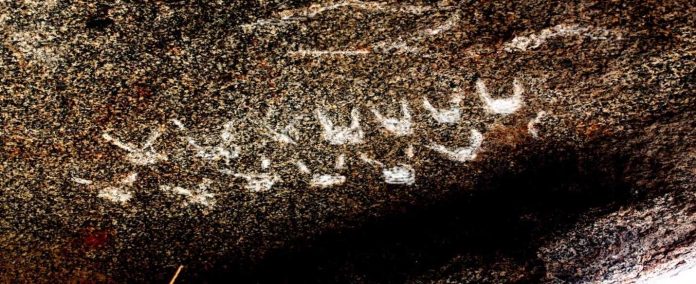The aboriginal inhabitants’ of the Americas art expressions had a district cosmic vision compared to what the old world considered as art. Significantly diverse is the inspiration that motivated their expressions which in most cases was spiritual, envisioning the creative process of their universe. This form of artistic expression in the Americas has been practiced over hundred and even thousands of years. Most expressions were created as symbols, such as rock art depicting a bear, walrus, eagle, or people. Some scientists even believe that rock art represents ancient space travelers.
On the other hand European style of art was based on realism, on the belief that artists had to carefully observe and depict what they saw. European painters and artists were also more inclined to be recognized for their work. While aboriginal artists and artisans were more inclined to share a message or to record a historic event. Native artists were very skilled in many trends, like gold smith, ceramist, weavers, sculptors and architects.
Art in general in the Americas before European colonization
The earliest known painting in North America is the Cooper Bison Skull found near Fort Supply, Oklahoma, dated to 10,200 BCE. In Aruba we can find over 300 early rock art expressions left behind by our ancestors. Some arts were made of stone and others baked out of refined clay in to ceramic works. Local or native Aruban art consists of powerful cultural symbols that reflect the complexities of societies and its spiritual connection to their tribal cosmology.
LISA, INSERT PIC 1 HERE AS FOLLOWING TEXT IS ABOUT THIS PIC
This picture of Native Aruban rock art from Shabururi depicts over a dozen cotton tail rabbits representing children siting and following the teachings of a Shaman. This particular site lay at somewhat north–west of the town known today as Santa Cruz.
Weburi is another very interesting place situated south of Piedra Plat`s Protestant Church. This amazing site might be a bit difficult to find since it remoteness, however, once the entrance is located and one has made it inside the hollow rock bolder, the mystical drawings are all over the interior walls.
PIC 2 INSERT PLEASE
Some native artists take great pride in harvesting their own materials, such as clay, earth pigments, or vegetal fibers or dyes to color their weaving work, processing their work using traditional of tribal methods handed down through generations.
Today we can find many native artists who are rediscovering ancient technics that can be applied in their contemporary native inspired work. This is an ideal and a very fine way to keep these ancient techniques and methods alive and to incorporate cultural philosophies into these forms while working with the same cultural accountability, a philosophical tenet that transcends chronology or material but still allows their motive and ambition to be shown.
We would be enchanted to share our island knowledge, considering the status and value of Aruba’s archeological and rock formations sites, historical natural monuments, island’s endemic flora and fauna. Advocating for a sustainable waste management and mitigate the demographic impact on our natural environment ecosystem in contrast with the calming effect of the surrounding ocean or perhaps the priceless sound of silence.
To get to know more regarding Aruba and its origins, its animals, culture etc. we highly recommend you to book your participation. Living our cultural encounter session is mind opening and entertaining curious hearts for decades. Mail us at etnianativa03@gmail.com. Our facilities and activities take place close to your place.















